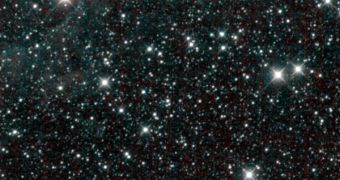Officials at the American space agency announce that their Wide-field Infrared Survey Explorer (WISE) has taken its last image on February 1, 2011. From now on, the telescope will be retired, after spending just 13 months in space.
The instrument served a dual purpose for NASA. It carried out a complete survey of the entire night sky while all four of its infrared detectors were operational. When the liquid coolant ran out, it used two of the detectors to search for near-Earth objects (NEO) and similar space bodies.
At the beginning of February, WISE took what's commonly called “last light,” the exact opposite of “first light.” When a telescope is inaugurated and takes its first image, experts call this the first light.
But the fact that the telescope was retired came as a surprise to no one. Mission managers knew from the get-go that its supplies of liquid coolant would only last for approximately 10 months.
After being launched on December 14, 2009, the telescope spent its next month in orbit undergoing verification, validation and commissioning tests, and the next 6 months carrying out the all-sky study.
In fact, the team managing the instrument says it's grateful that the telescope lasted a few extra months, as this gave them the chance to conduct an entirely different survey. There was talk at NASA of decommissioning the observatory as soon as the primary mission was completed.
But experts in charge of WISE managed to convince NASA management to finance a few extra months of operations. The time was then used to identify potential threats that may be lurking around Earth.
Given that most NEO are very small, dark and cold, they can only be accurately identified with sensitive infrared telescopes. Given that only two of four IR detectors on WISE were incapacitated when the liquid coolant ran out, experts decided to use the rest for their investigation.
The last image the telescope produced is taken at wavelengths of 3.4 and 4.6 microns, by the two operating instruments. The 12 and 22 micron detectors were affected by the warm-up.
The view is focused on a portion of the Milky Way showing thousands of stars, and covering an area equal to three times the size of the full Moon, Universe Today reports.

 14 DAY TRIAL //
14 DAY TRIAL //